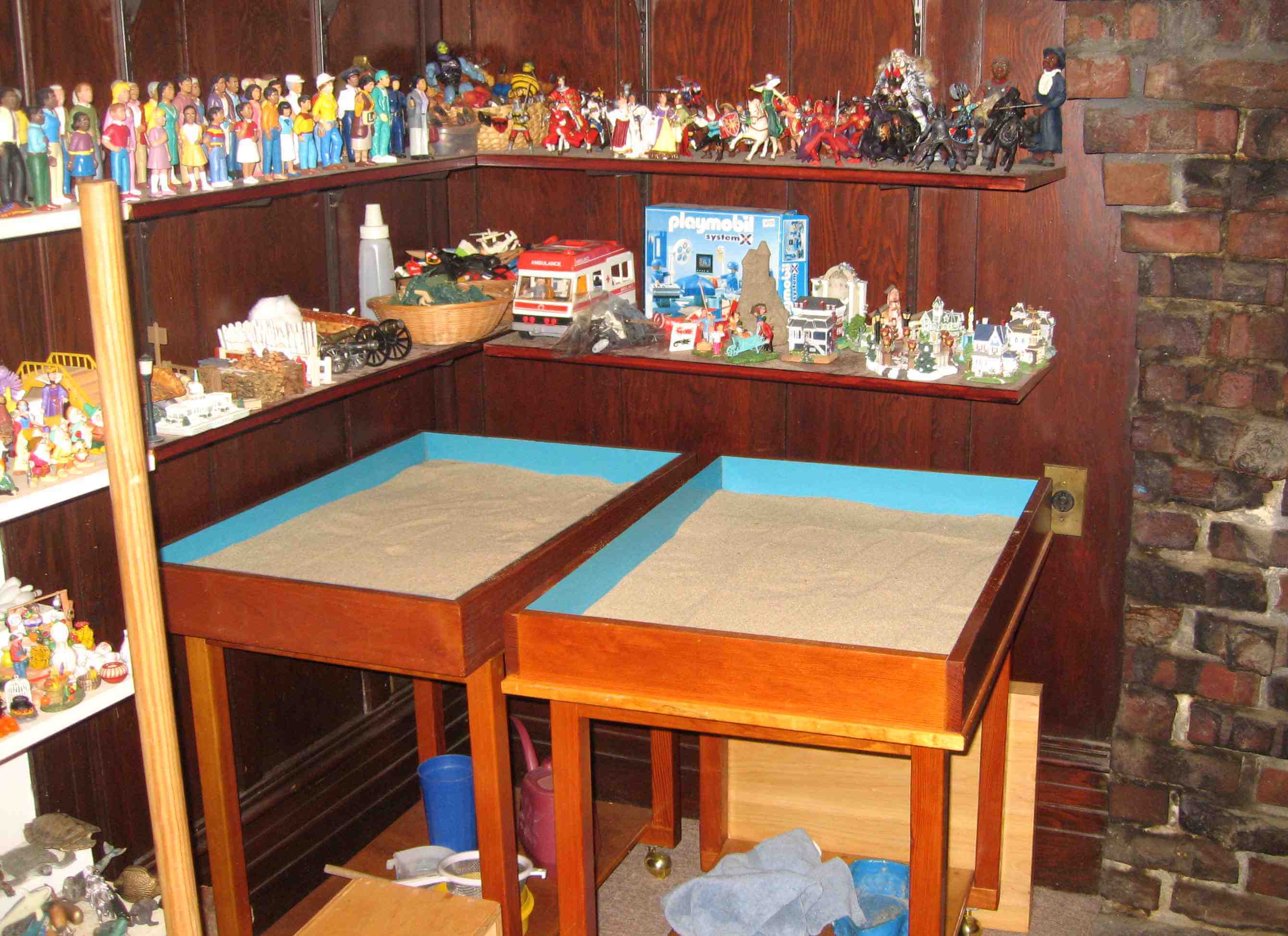
Expressive Arts and Sandplay Process
Other children may just feel their emotions in a deeper shade and might need a little extra support to process their experience of their internal and external worlds. These are children who may not experience any of the more serious symptoms above but may have minor difficulties in social interactions or at home. Parents or teachers might notice general “angst”, moodiness or intense emotions that come out in ways that negatively impact the child’s ability to thrive at school or at home.
Here are some characteristics of a child who might thrive and benefit from an expressive arts and sandplay process:
*highly creative and imaginative
*often express a wide range of emotions
*often express emotions very intensely
*have difficulty making friends or fitting in with groups of other children
*seem different from their peers in a variety of ways
*often choose to be alone and engaging in solitary imaginary play
The therapist meets with the parents to learn more about the child and then begins weekly sessions with the child. The child has free use of the sandplay, art and other creative materials and the primary goal revolves around self-expression. Parents meet alone with the therapist every 4-6 weeks to learn more about the child’s inner world and what family members and teachers can do to encourage increased thriving and self-esteem for this child.

